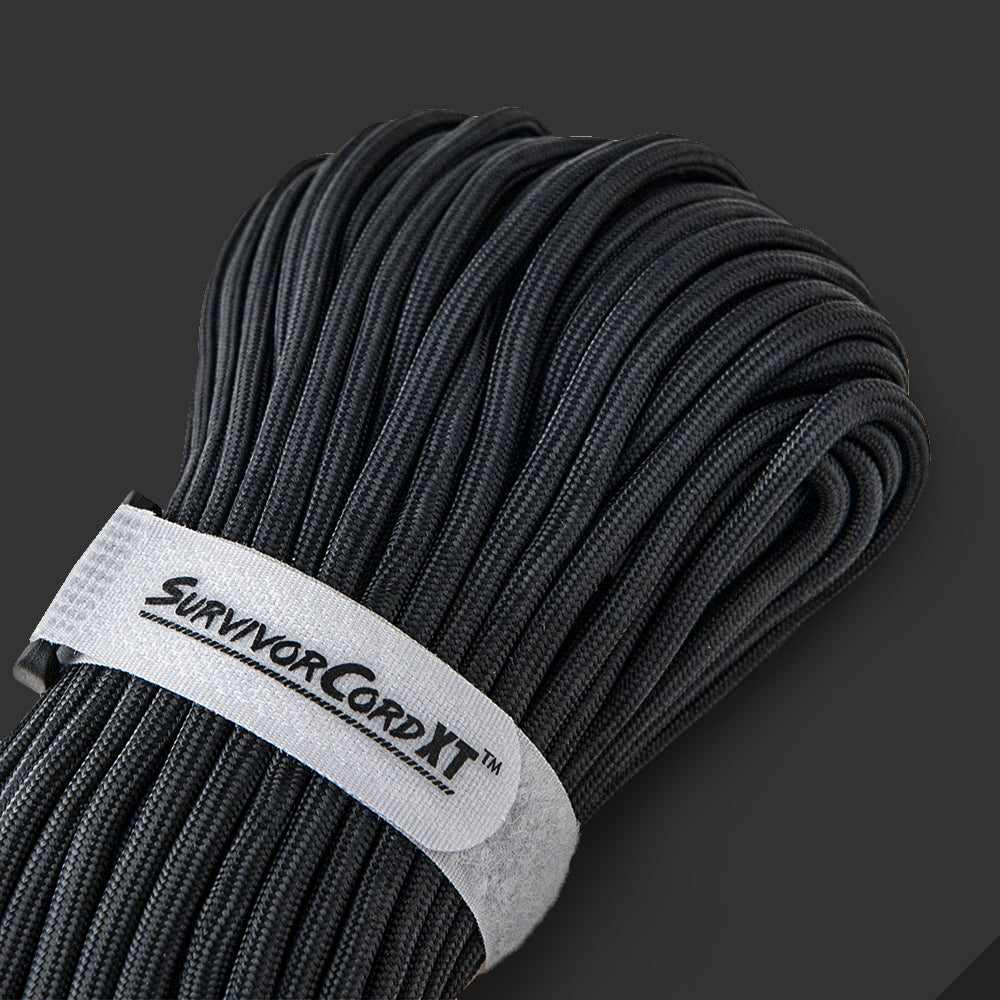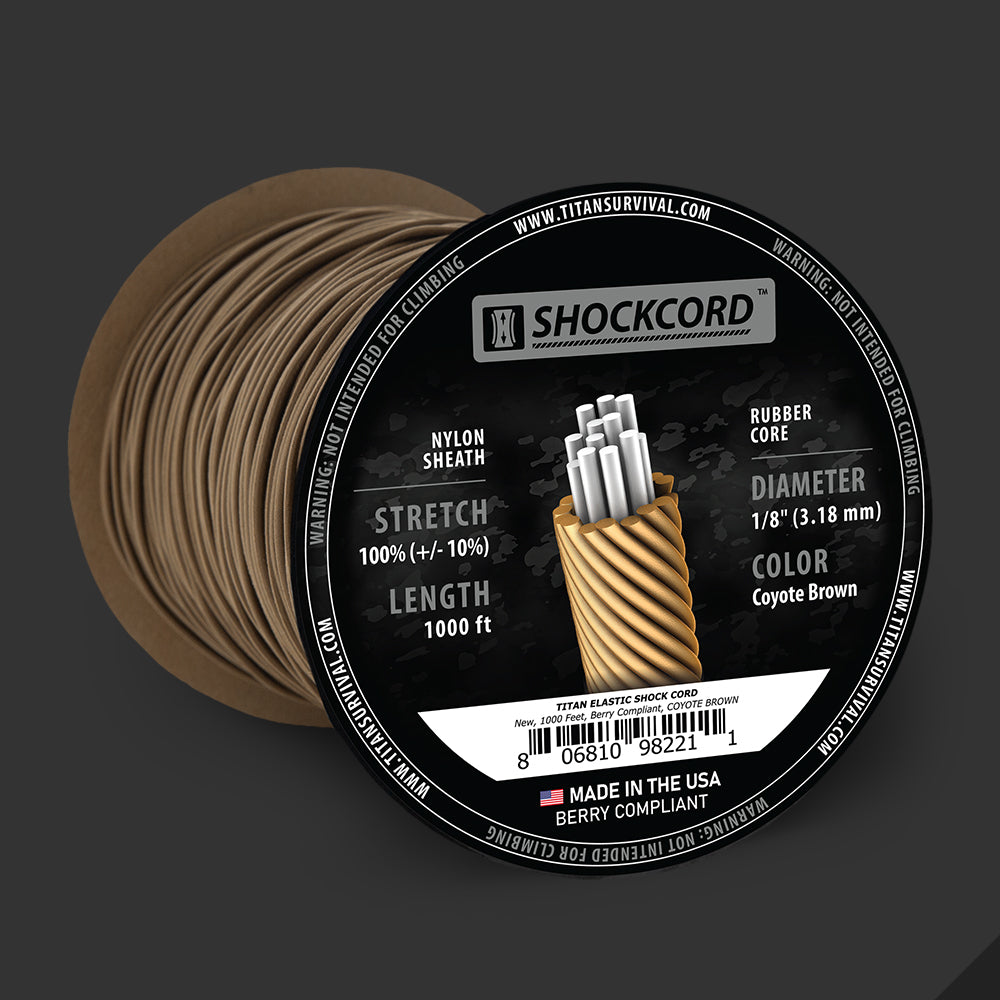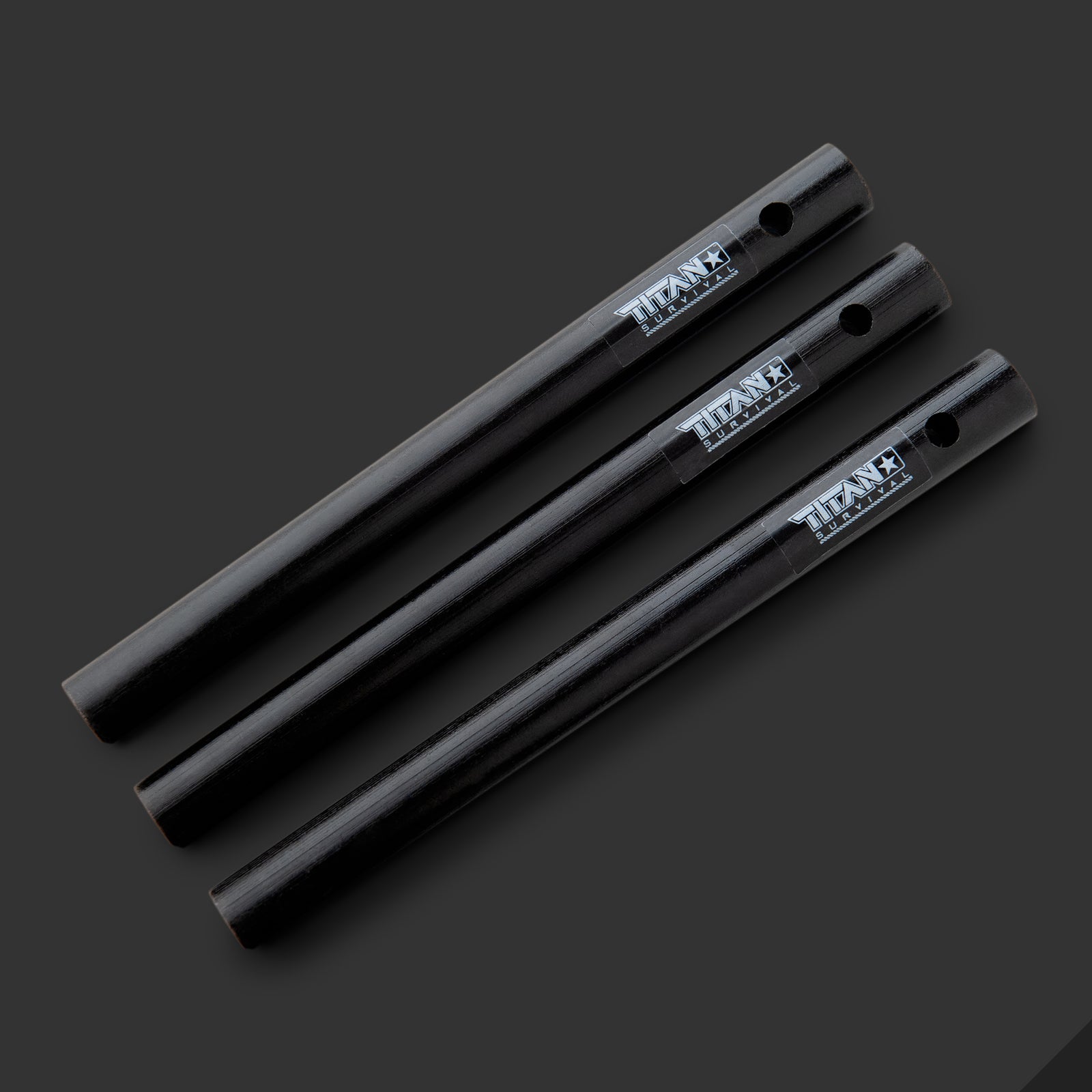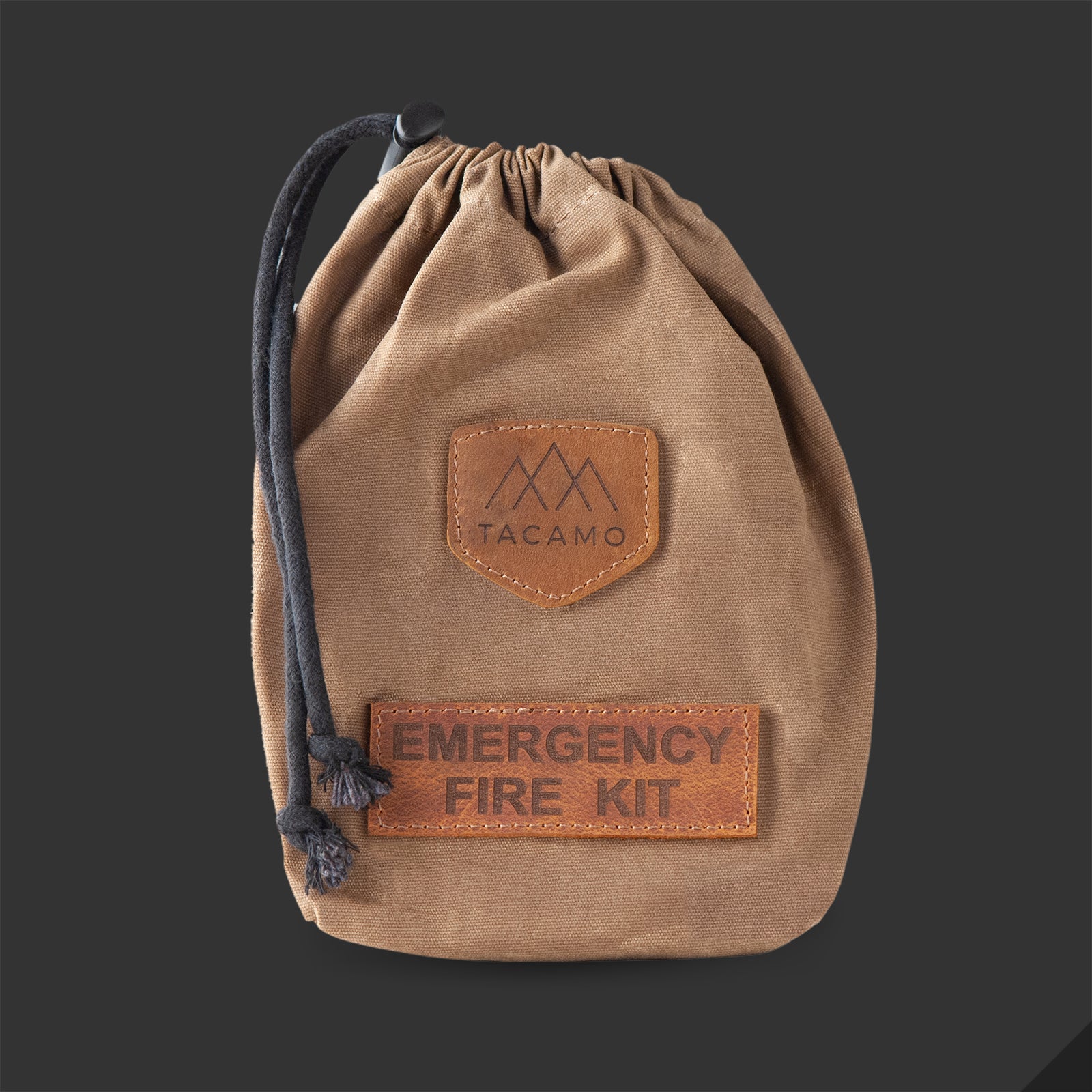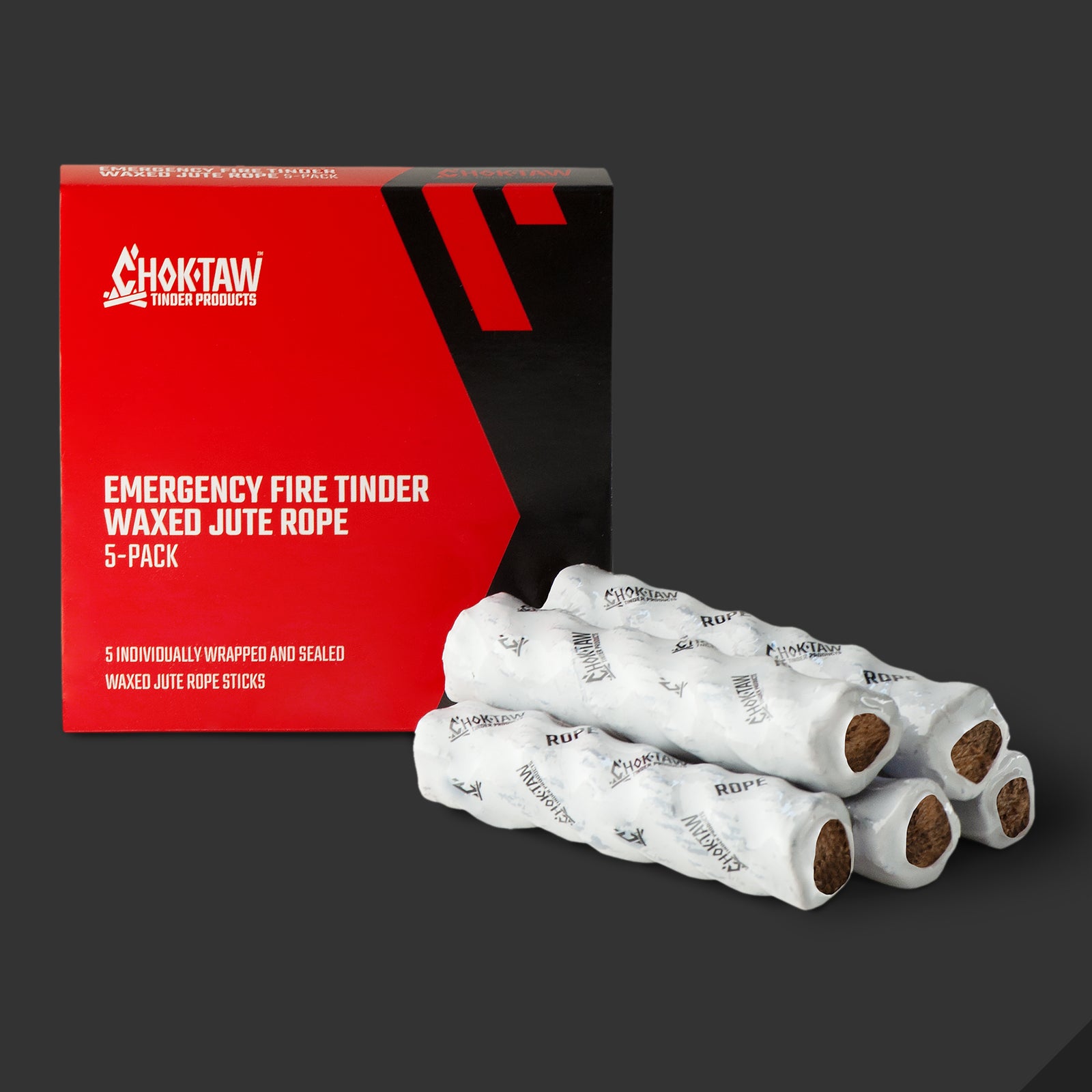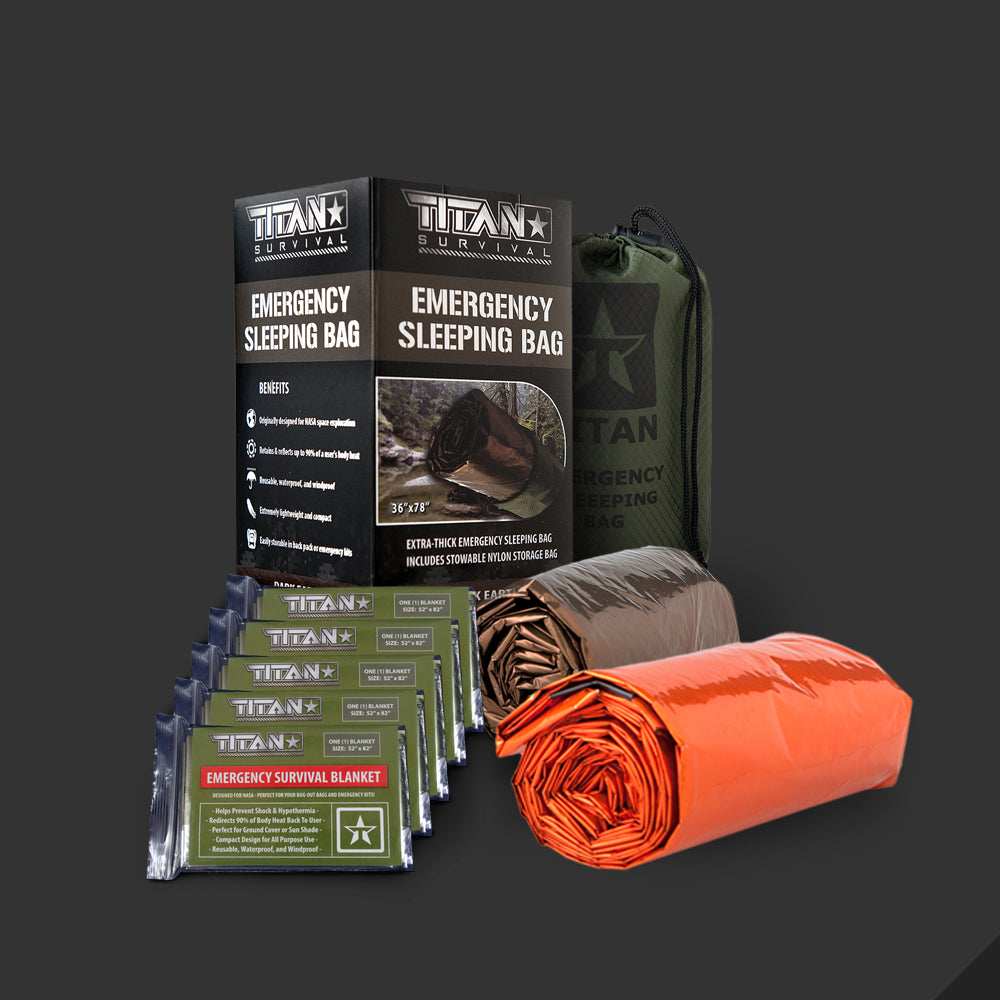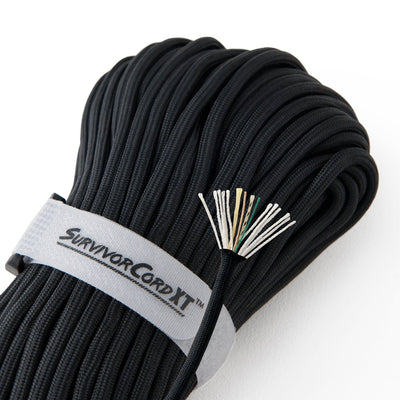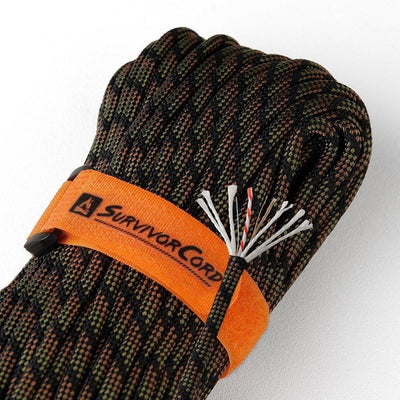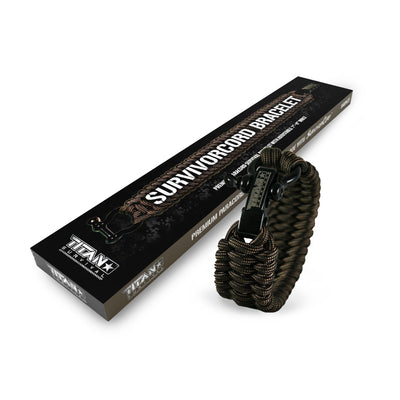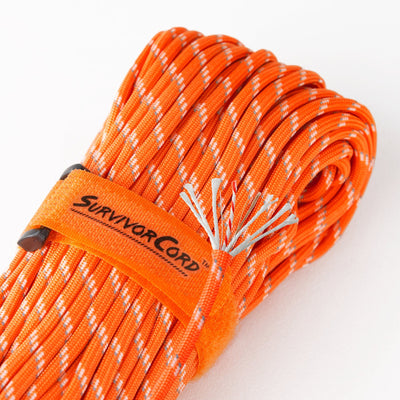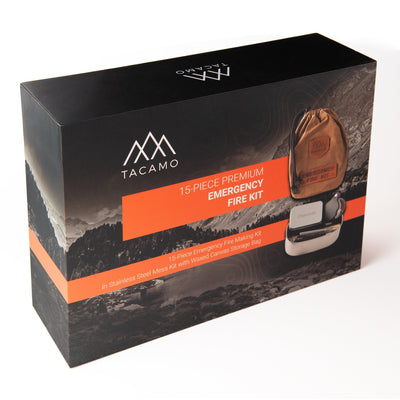TITANPARACORD.COM -

History of the Butterfly Loop
The knot’s association with mountaineering—and with butterflies—originates from a 1928 article in Alpine Journal by C.E.I. Wright and J.E. Magowan. The authors claim to have developed the butterfly noose themselves while attempting to improve the selection of knots available to climbers. The name is “so styled on the basis of a more or less fanciful resemblance imagined in the form of the knot.” In the second part of the article they express dissatisfaction regarding their earlier use of the word “noose”, since the knot is non-collapsing, and refer to the knot as a butterfly loop or simply butterfly. Wright and Magowan call the butterfly loop “new”, along with several other of their knots, in the sense they were unable to identify any earlier record of them. However, they prudently added that it “might be rash to claim they have never been used before.”
When Clifford Ashley covered the knot in 1944, calling it the lineman’s loop, he attributed its first publication to J.M. Drew but made no specific reference as to the source of this claim. A 1912 article called “Some Knots and Splices” by Drew appears in the bibliography of The Ashley Book of Knots. A 1913 reprint of this Drew article does not mention the butterfly loop.
Using the Butterfly Loop
It can also be used to isolate a worn section of rope, where the knot is tied such that the worn section is isolated in the loop (which of course does not receive a carabiner nor bear any loads in this case). The loop portion is isolated when the other two legs are loaded, and in fact the butterfly can be tied as a bend with the ends emerging where the loop would be.
Errors in tying the butterfly loop can produce a similar looking but inferior knot, the so-called “false butterfly”, which is prone to slipping. However, some sources suggest this behavior can be exploited purposely for shock absorption. Wright and Magowan called this less secure loop knot the “half-hitch noose”.
Advantages of the Butterfly Loop
- Forms stable, secure loop after initial setting
- Allows for the knot to be loaded three ways; by each end of the main line and the loop
- Relatively easy to untie after loading (more difficult if wet)
- Size of loop can be adjusted more easily than with bulkier or more complex loop knots
- Easy to inspect
- Can be easily tied with gloves on
Disadvantages of the Butterfly Loop
- Difficult to tie around a solid ring or similar object, as when a rethreaded figure eight is needed
- Difficult to tie one-handed
- Improper tying can result in similar looking but inferior “false butterfly” knot
- Works best with softer ropes
The post Butterfly Loop appeared first on Titan Paracord.


